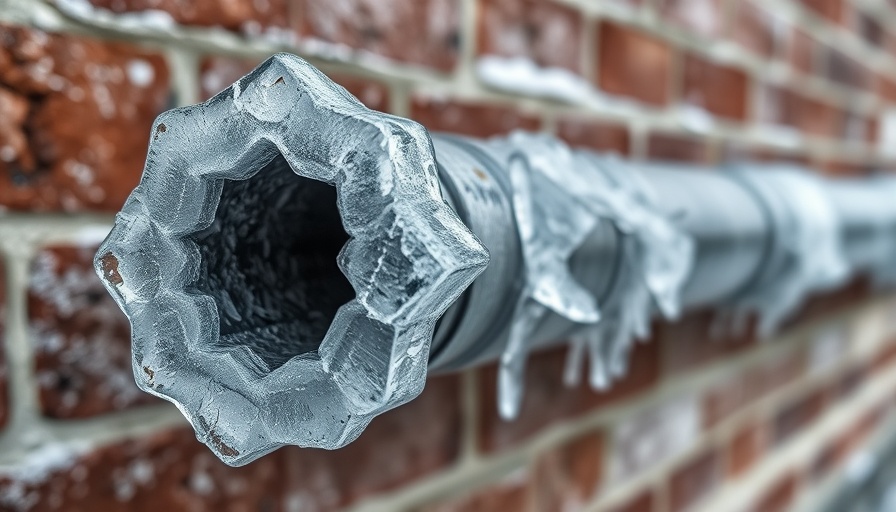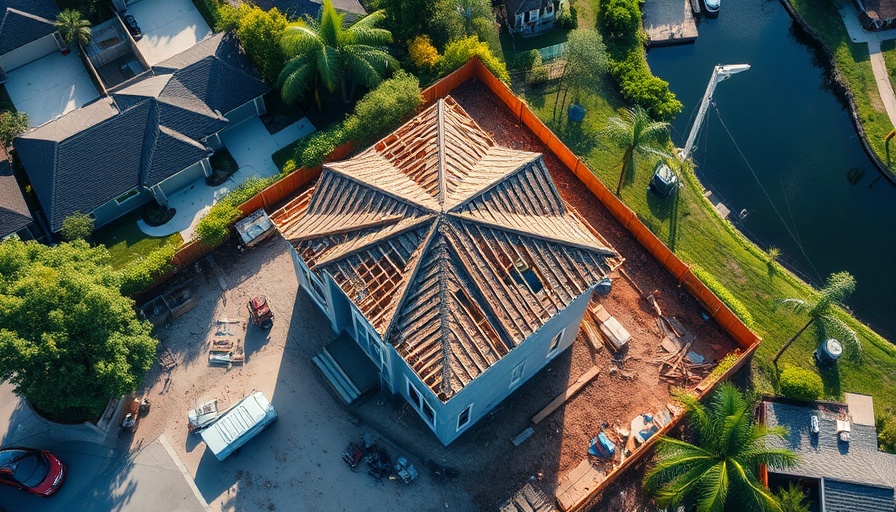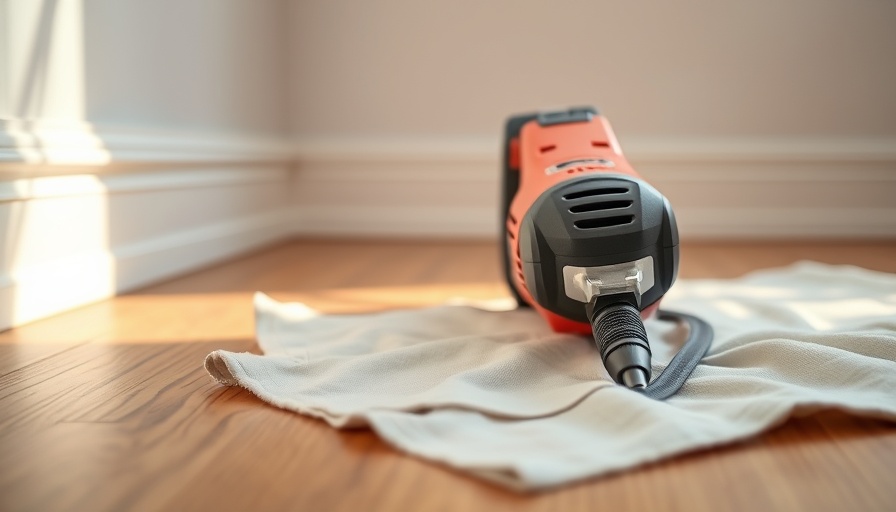
Understanding the Danger of Frozen Pipes
As the temperature drops, homeowners often face a hidden danger within their walls: frozen pipes. When water inside pipes freezes, it expands, leading to cracks and bursts that can cause expensive water damage. The National Association of Home Builders estimates that 250,000 homes experience this problem each year, resulting in billions in damage. This risk is particularly pronounced in areas where temperatures can plummet unexpectedly, making it essential to prepare your home for winter.
A Unique Checklist: Nine Essential Tips to Prevent Frozen Pipes
Preventative measures are crucial to avoiding the nightmare of burst pipes. Here’s a comprehensive checklist that will help you secure your plumbing before winter’s chill sets in:
- Insulate Your Pipes: Focus on pipes located in unheated areas such as attics or basements. Insulating them with foam sleeves or even towels can drastically reduce the risk.
- Drain unused pipes: If you have seasonal plumbing in your home or a cabin, ensure you shut off and drain the pipes to prevent standing water from freezing.
- Let the warmth flow: During extreme cold, open cabinets under sinks to let warmth circulate around the pipes.
- Keep them moving: Allowing faucets to drip on especially frigid nights keeps water flowing, thus lowering the risk of freezing.
- Seal cracks: Inspect your home for drafts and seal gaps around windows and doors that could allow cold air to reach plumbing.
- Heat the areas: If you have piping that runs through unheated areas, consider adding a space heater during particularly cold snaps.
- Disconnect hoses: Be sure to disconnect any garden hoses and drain outdoor spigots to prevent residual water from freezing within the pipes.
- Maintain a consistent temperature: Try to keep your home heated consistently, even when away.
- Annual inspections: Schedule a plumbing check-up with a professional to ensure your pipes are in good condition.
What Causes Pipes to Freeze?
Understanding why some pipes freeze while others remain intact can inform your preventative strategies. Pipes are prone to freezing under the following conditions:
- Exposure to Extreme Cold: Pipes located on exterior walls, in basements, or attics are frequently at risk due to insufficient insulation.
- Static Water: When water remains still, it freezes more easily than when it’s flowing, indicating that motion is a critical factor.
Real-Life Impact: A Cautionary Tale
Personal experiences reinforce why homeowners must take proactive measures. An acquaintance of mine purchased a cabin in a mountainous area. Before even moving in, he faced the daunting task of cleaning up after pipes burst in the attic, leaving behind extensive water damage. His tale serves as a stark reminder of how vital it is to prepare your pipes for winter.
Relevance to Current Events: A Season of Risk
This winter has been noted for its erratic temperatures and sudden drops in warmth across many regions. As homeowners navigate this unpredictable climate, the risk of frozen pipes grows significantly. Understanding this trend and recognizing the urgency to prepare their homes is more important than ever.
Practical Tips for DIY Homeowners
Preparing to prevent frozen pipes doesn't have to be complicated or expensive. With a few straightforward strategies, you can tackle potential risks head-on:
- Regularly check your home’s insulation and make improvements as necessary.
- Connect with neighbors and share insights to pool resources for larger preventive measures.
- Utilize weather forecasts to adjust your home heating needs accordingly.
The Nightmare of Water Damage: What You Could Face
Failure to prevent frozen pipes can lead to ruinous outcomes, including flooded basements and destroyed belongings. The cost associated with repairs can escalate quickly, with estimates indicating that water damage can range from thousands to tens of thousands of dollars, depending on the extent of the issue. This risk alone is enough to motivate homeowners to take preventative measures seriously.
What You Can Do Today
Start by reviewing the checklist we've outlined in this article. Ensure that you take a walk around your house to spot vulnerable areas and assess your insulation. By being proactive now, you’re not just protecting your property — you’re saving potential heartbreak down the road.
Being informed and prepared empowers you to tackle the winter months with confidence. Let’s prepare your home for cold weather and avoid the hassle of burst pipes.
 Add Row
Add Row  Add
Add 




Write A Comment